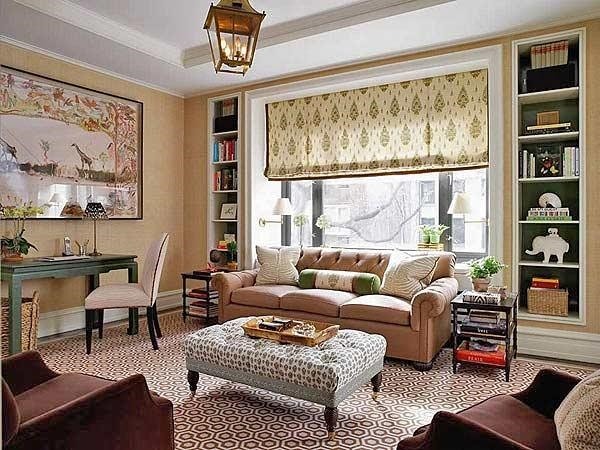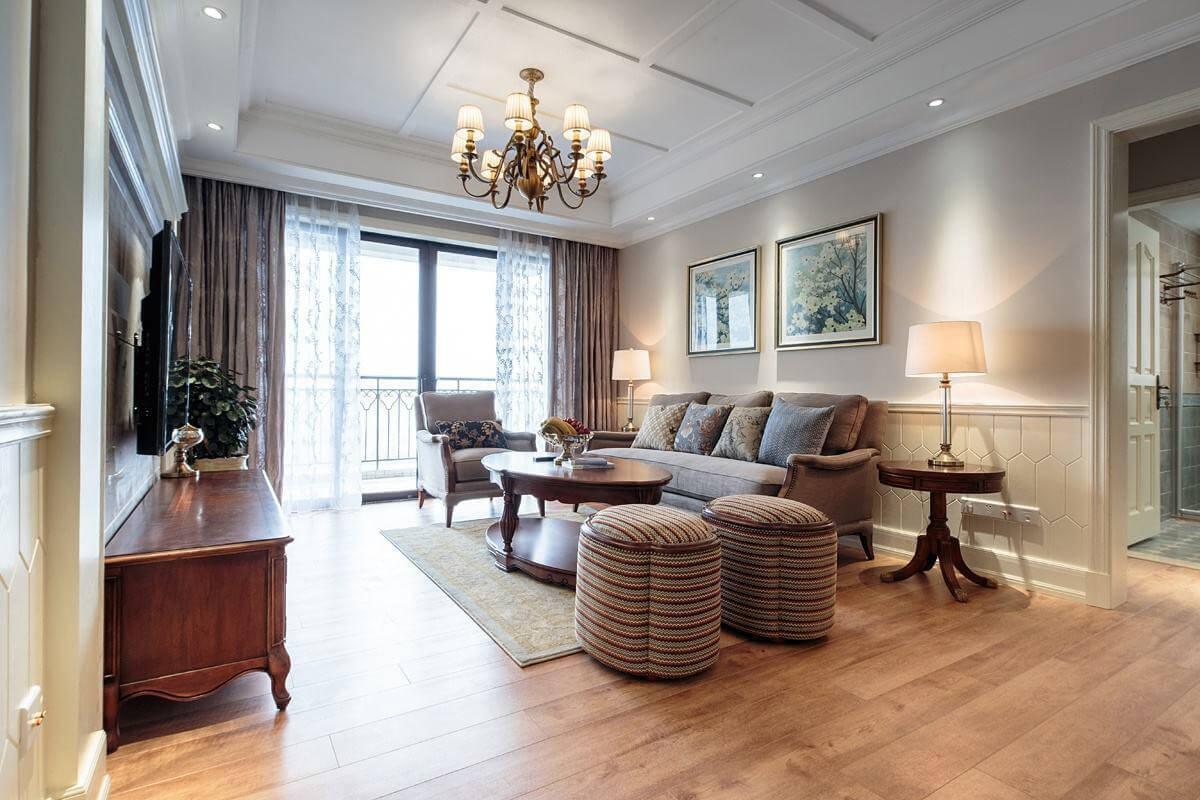The living room is often considered the heart of the home, where families gather to relax, entertain, and spend quality time together. It's no wonder that creating a harmonious and balanced living room is essential for a happy and peaceful home. In Feng Shui, the ancient Chinese art of arranging your physical environment to promote positive energy flow, the living room represents the chi or vital energy of the family. By incorporating Feng Shui principles into your living room layout, you can enhance the flow of chi and promote a sense of balance and well-being.Feng Shui Living Room Layout: 10 Tips for a Harmonious and Balanced Space
Whether you're designing a new living room or looking to improve the Feng Shui of your existing space, here are 10 tips to help you create a Feng Shui living room layout that will bring positive energy into your home:Feng Shui Tips for Living Room Layout
According to Feng Shui principles, the living room should be located in the yang or active area of the house, such as the front or center of the home. It should also be filled with natural light and have a clear and open flow to allow chi to circulate freely. Avoid clutter and excessive furniture, which can block the flow of chi and create a stagnant energy in the room.Feng Shui Principles for Living Room Layout
Colors play a significant role in Feng Shui and can greatly impact the energy of a room. Choose colors that promote balance and harmony, such as warm and earthy tones like beige, brown, and green. You can also incorporate Feng Shui elements by adding pops of color in the form of artwork, pillows, or other decor items. Avoid using too many bright or bold colors, as they can create an overwhelming and chaotic energy in the room.Feng Shui Colors for Living Room Layout
The placement of furniture in your living room is crucial in Feng Shui. The main piece of furniture, such as the sofa, should be placed against a solid wall for stability and support. It's also essential to have a clear and open flow in the room, so avoid placing furniture in the direct path of the door or blocking windows. Use rounded or curved furniture instead of sharp angles, which can create a harsh energy in the room.Feng Shui Furniture Placement for Living Room Layout
Incorporating Feng Shui decor in your living room can help enhance the flow of chi and promote balance and harmony. Choose decor items that represent the five Feng Shui elements: wood, fire, earth, metal, and water. These can include plants, candles, crystals, and artwork that reflect these elements. Avoid using decor items that have negative or heavy symbolism, such as weapons or images of violence, as they can create a negative energy in the room.Feng Shui Decor for Living Room Layout
The five Feng Shui elements can also be incorporated into your living room layout in the form of furniture and decor. Wood elements can be represented by wooden furniture or plants, fire elements can be added through candles or lighting, earth elements can be incorporated through rocks or crystals, metal elements can be reflected in metal decor items, and water elements can be added through a small fountain or water feature. By balancing these elements in your living room, you can create a more harmonious and balanced energy in the space.Feng Shui Elements for Living Room Layout
Lighting is an essential element in Feng Shui as it represents the fire element and can greatly impact the energy of a room. Use natural light as much as possible and avoid harsh overhead lighting, which can create a harsh and unbalanced energy. Instead, incorporate soft and warm lighting through lamps, candles, and string lights. You can also use mirrors to reflect and enhance natural light in the room.Feng Shui Lighting for Living Room Layout
Plants are a vital part of Feng Shui as they represent the wood element and bring positive energy into a space. Indoor plants not only add a touch of nature to your living room but also help purify the air and promote a sense of calm and well-being. Choose plants with rounded or soft leaves, such as bamboo, pothos, or peace lilies, and avoid plants with sharp or spiky leaves, as they can create an aggressive energy in the room.Feng Shui Plants for Living Room Layout
Artwork can also play a significant role in Feng Shui and can bring positive energy into a space. Choose artwork that reflects your personal style and resonates with you emotionally. You can also incorporate Feng Shui elements through art, such as using images of nature, landscapes, or animals to represent the wood element, or using bright colors to represent the fire element. Avoid using artwork that has negative or aggressive symbolism, as it can create a negative energy in the room.Feng Shui Artwork for Living Room Layout
Create a Centerpiece
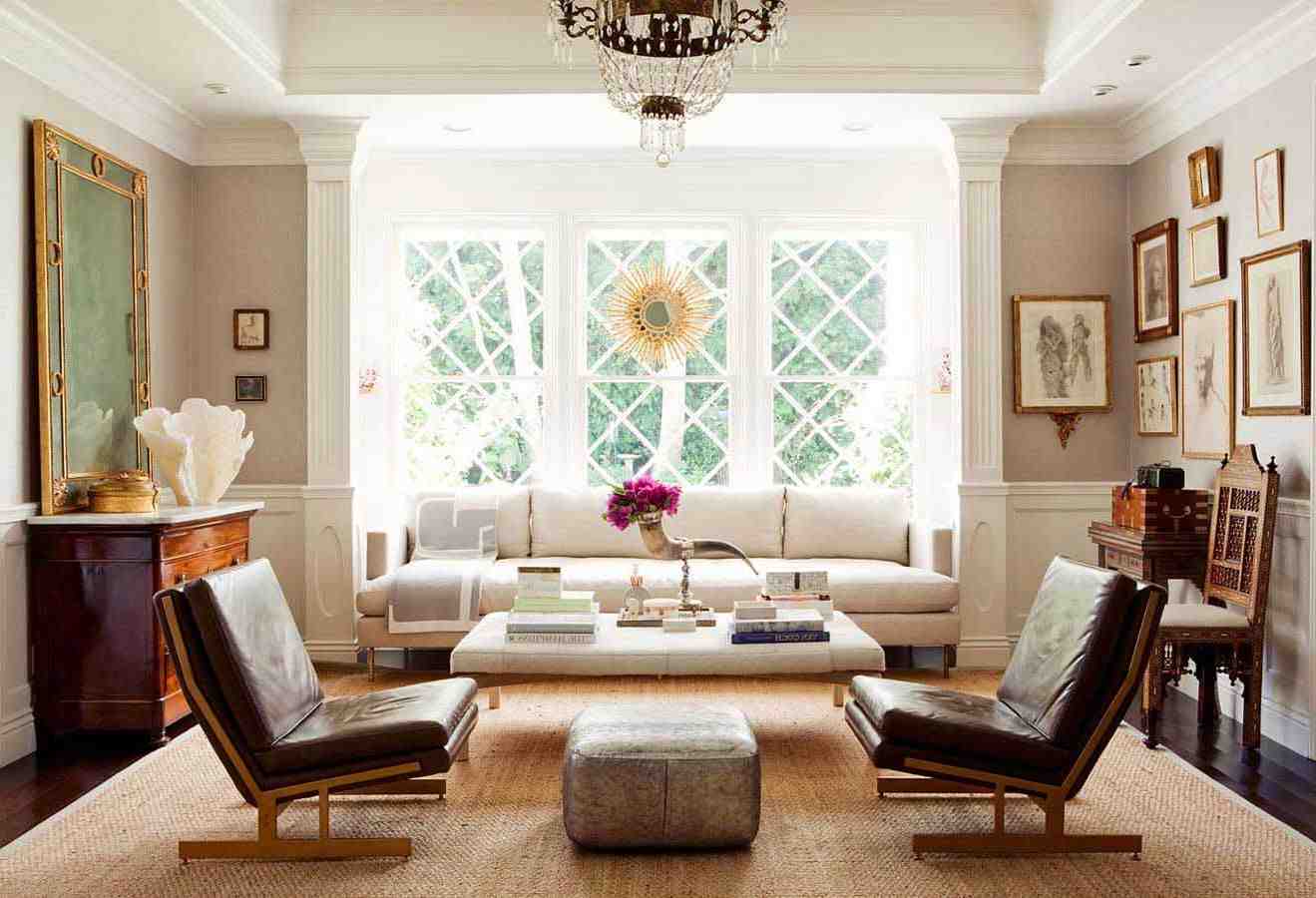
Designating a focal point in your living room can bring balance and harmony according to Feng Shui principles.
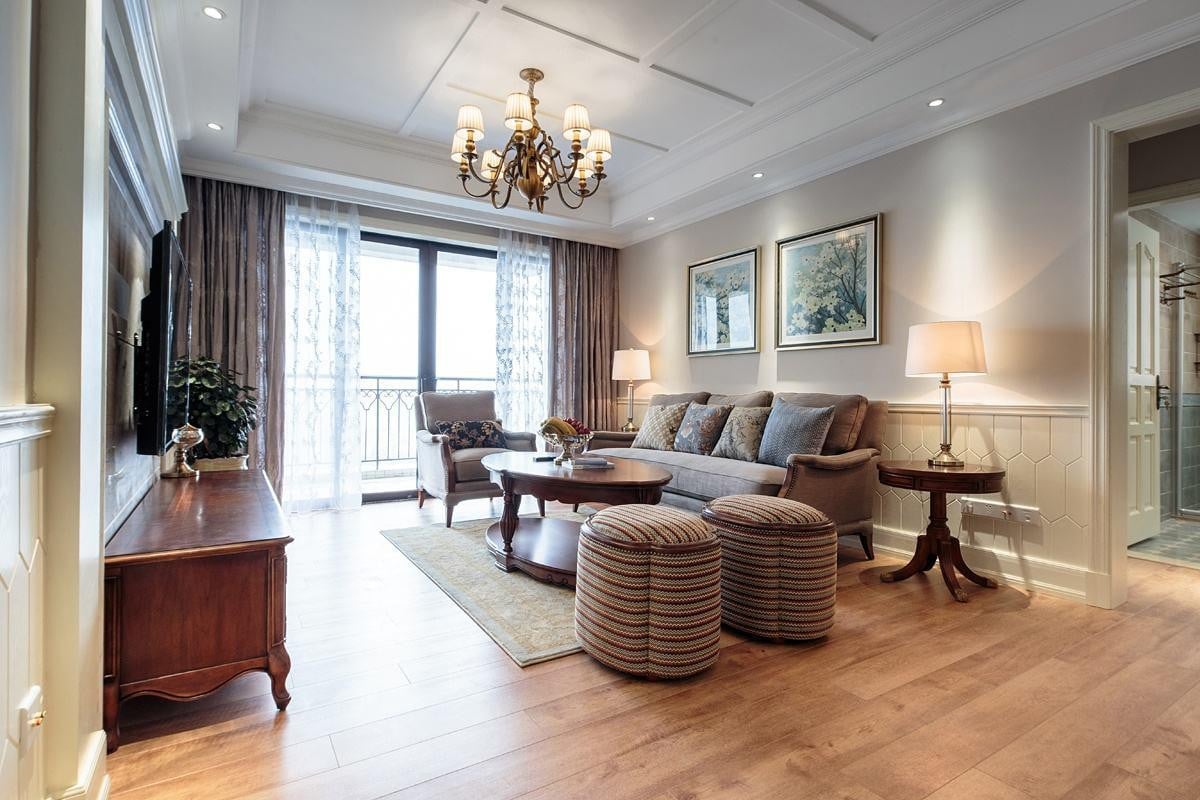 Creating a centerpiece in your living room is a key aspect of Feng Shui design. This central point will draw in the energy and anchor the entire room. The
centerpiece can be anything from a piece of artwork, a beautiful rug, or even a stunning piece of furniture
. Choose something that speaks to you and reflects your personal style. It should also be something that you enjoy looking at and brings you joy.
Creating a centerpiece in your living room is a key aspect of Feng Shui design. This central point will draw in the energy and anchor the entire room. The
centerpiece can be anything from a piece of artwork, a beautiful rug, or even a stunning piece of furniture
. Choose something that speaks to you and reflects your personal style. It should also be something that you enjoy looking at and brings you joy.
Positioning the centerpiece
 In Feng Shui, the placement of the centerpiece is crucial. It should be placed in the center of the room, preferably towards the back wall.
This allows the energy to flow freely around the room and creates a sense of balance and harmony.
Make sure that the centerpiece is not blocking any doorways or pathways, as this can disrupt the energy flow.
In Feng Shui, the placement of the centerpiece is crucial. It should be placed in the center of the room, preferably towards the back wall.
This allows the energy to flow freely around the room and creates a sense of balance and harmony.
Make sure that the centerpiece is not blocking any doorways or pathways, as this can disrupt the energy flow.
Choosing the right shape
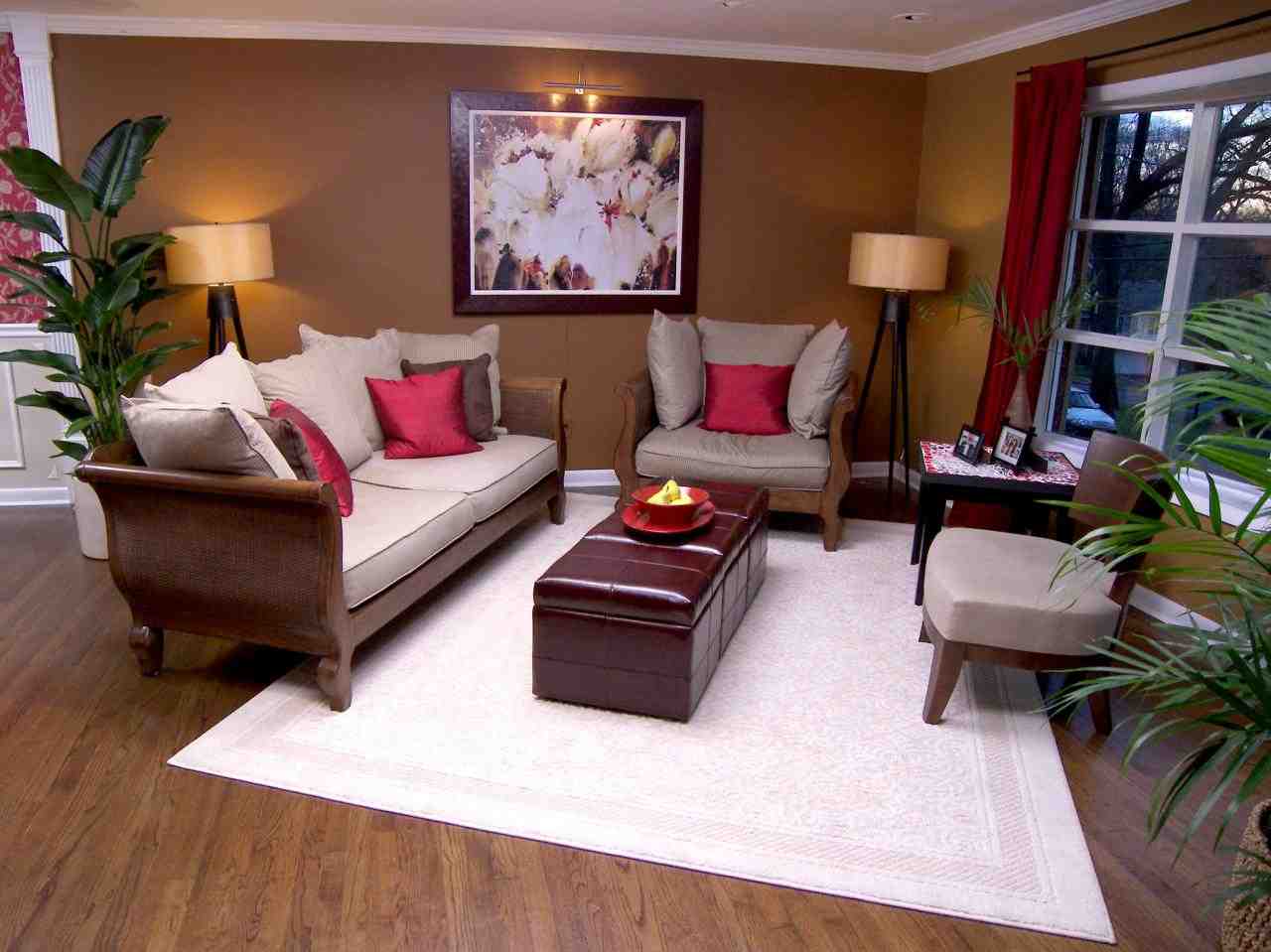 The shape of your centerpiece also plays a significant role in Feng Shui design.
Round or oval shapes are considered the most auspicious
as they represent the flow of energy and harmony. Avoid sharp corners and edges, as they can create a harsh and disruptive energy.
The shape of your centerpiece also plays a significant role in Feng Shui design.
Round or oval shapes are considered the most auspicious
as they represent the flow of energy and harmony. Avoid sharp corners and edges, as they can create a harsh and disruptive energy.
Adding elements of nature
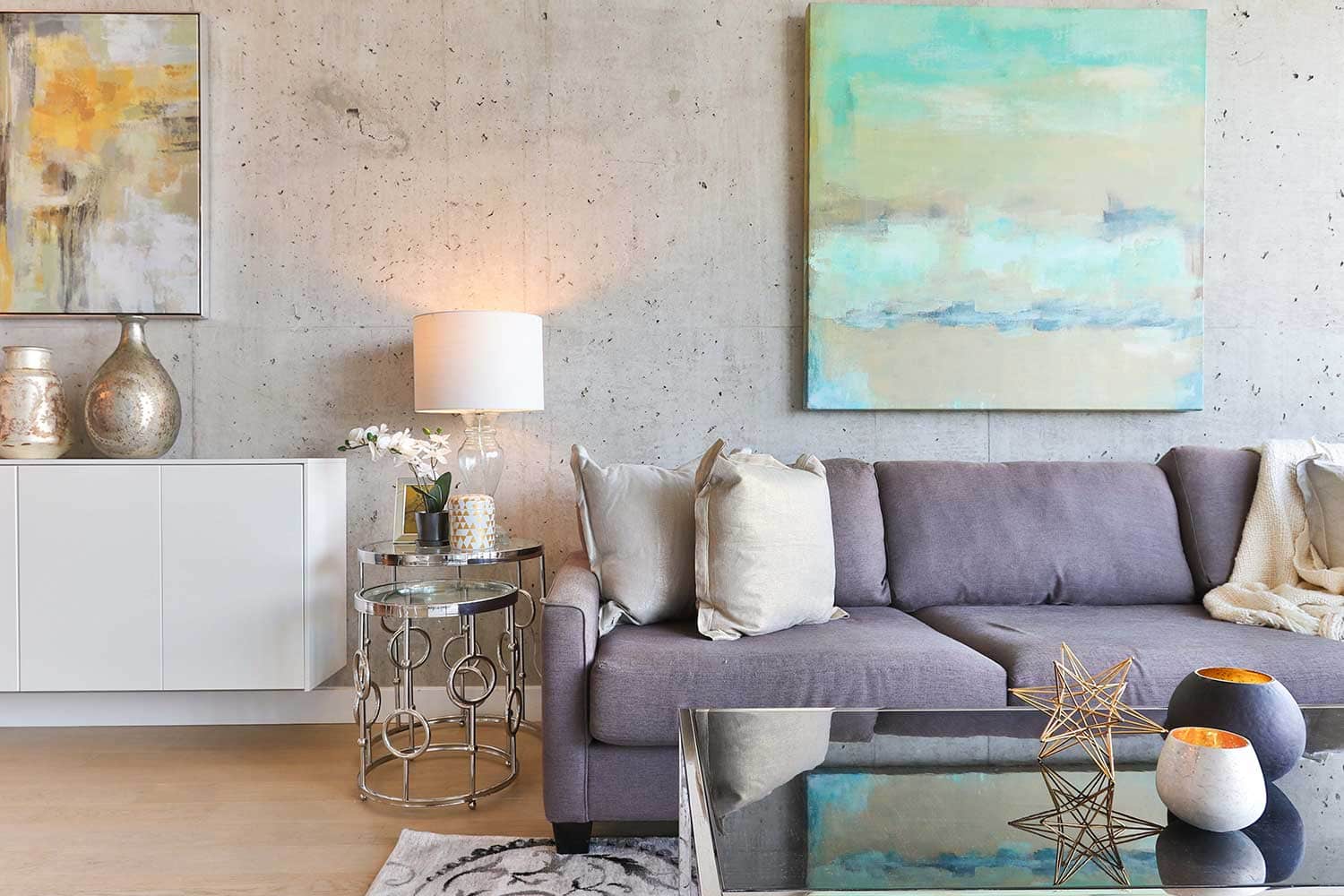 Incorporating natural elements into your centerpiece can also enhance the Feng Shui of your living room. For example,
adding a vase of fresh flowers or a bowl of fruit can bring in the energy of growth and abundance.
You can also consider incorporating elements such as wood, water, or earth into your centerpiece to create a balance of the five elements.
In conclusion, creating a centerpiece in your living room is a crucial step in Feng Shui design. It not only serves as a focal point but also helps to balance and harmonize the energy in the room. Remember to choose something that speaks to you, position it correctly, and incorporate natural elements to enhance the energy flow. By following these tips, you can create a beautiful and harmonious living room that promotes positive energy and well-being.
Incorporating natural elements into your centerpiece can also enhance the Feng Shui of your living room. For example,
adding a vase of fresh flowers or a bowl of fruit can bring in the energy of growth and abundance.
You can also consider incorporating elements such as wood, water, or earth into your centerpiece to create a balance of the five elements.
In conclusion, creating a centerpiece in your living room is a crucial step in Feng Shui design. It not only serves as a focal point but also helps to balance and harmonize the energy in the room. Remember to choose something that speaks to you, position it correctly, and incorporate natural elements to enhance the energy flow. By following these tips, you can create a beautiful and harmonious living room that promotes positive energy and well-being.
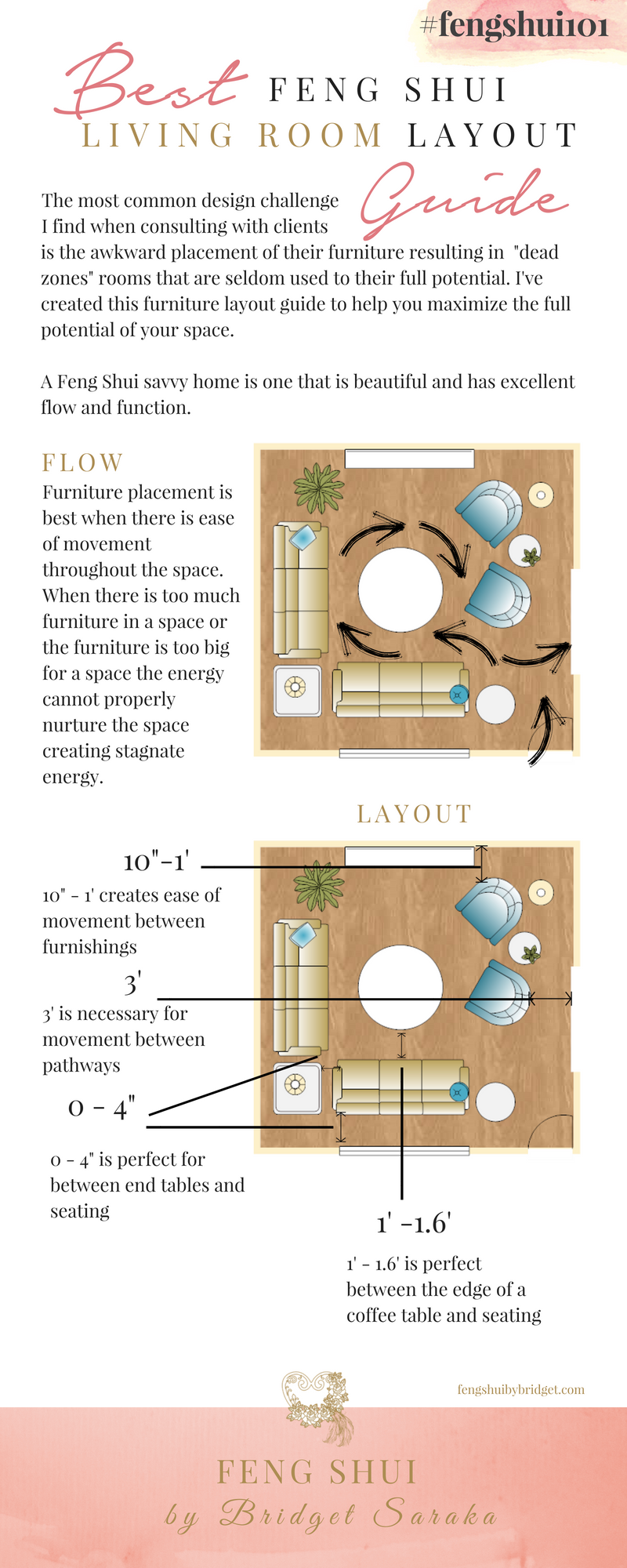





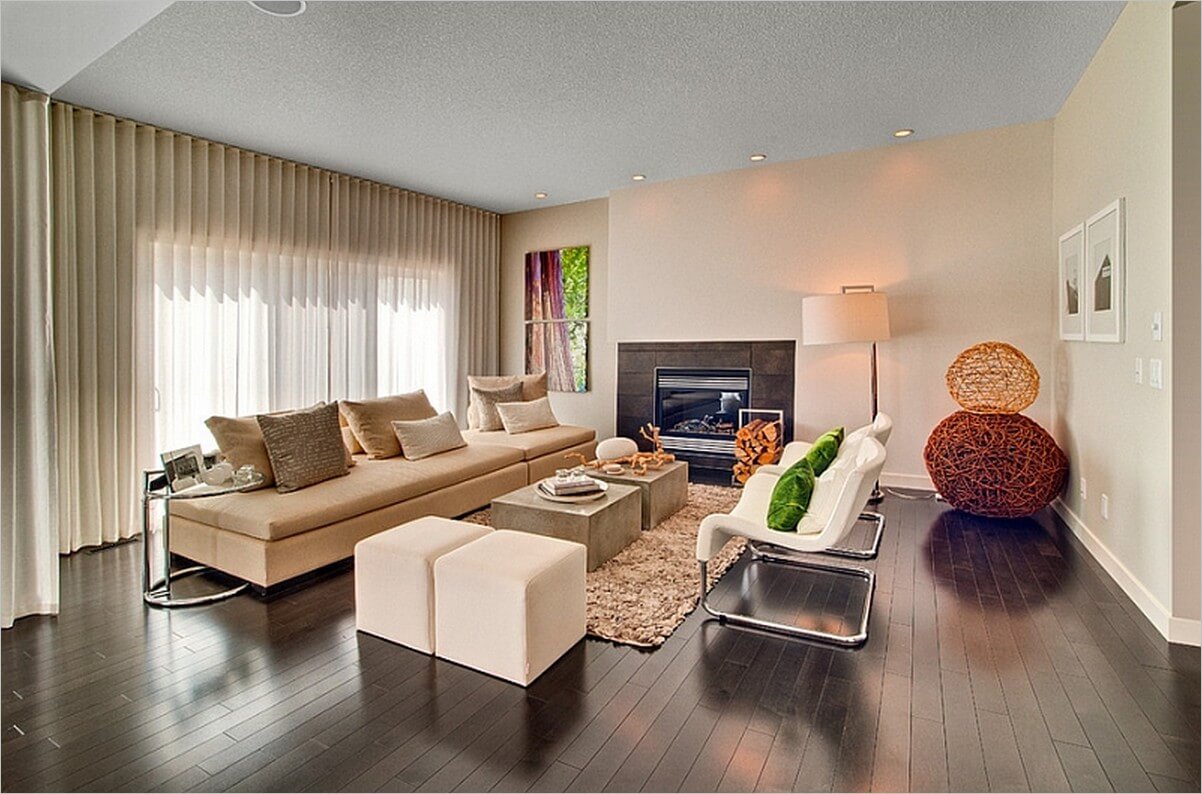
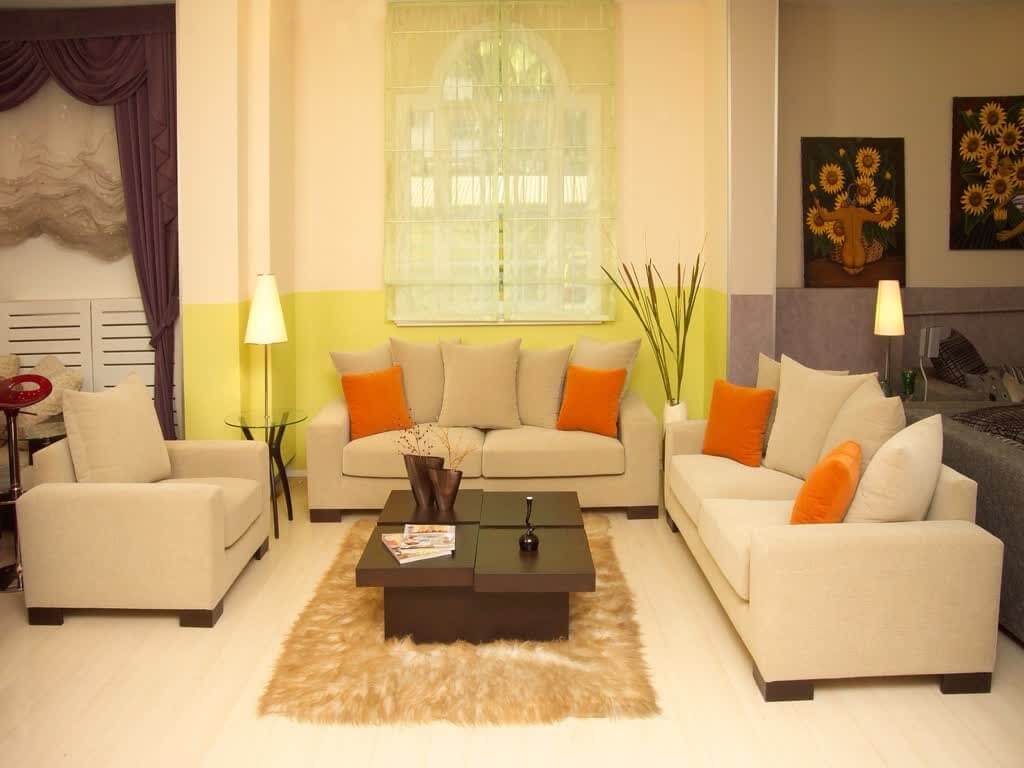
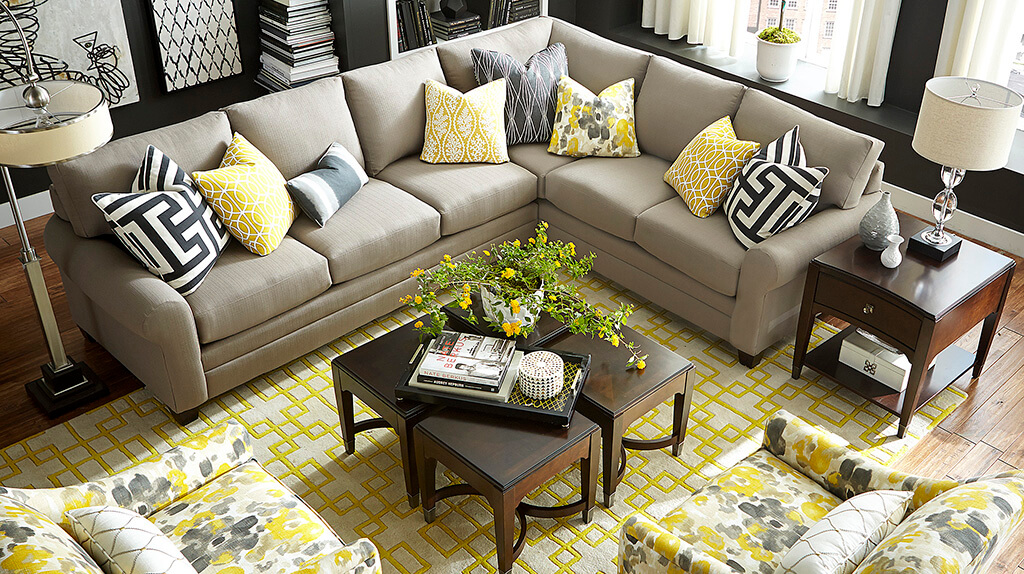
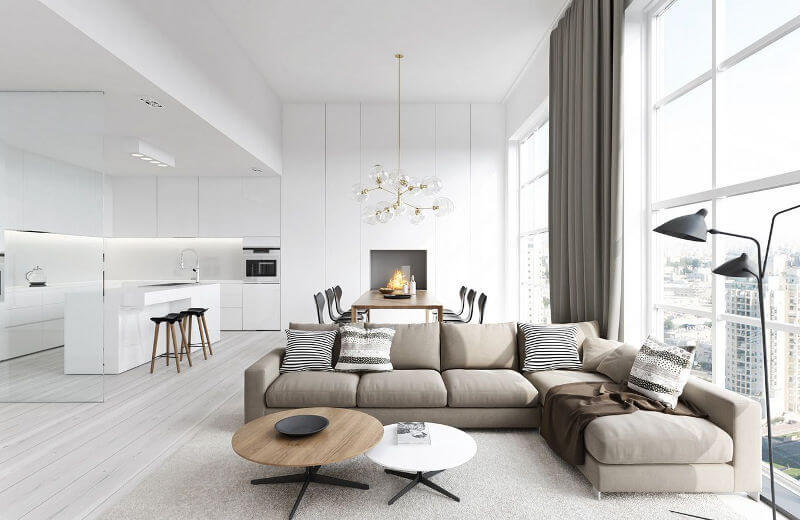
/GettyImages-1093510322-bdcf13ae33e74480934cf9b0e6658e3a.jpg)
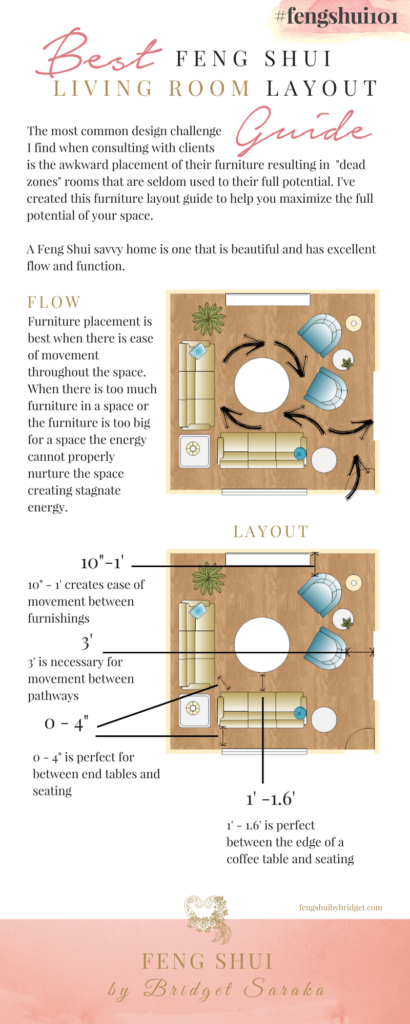






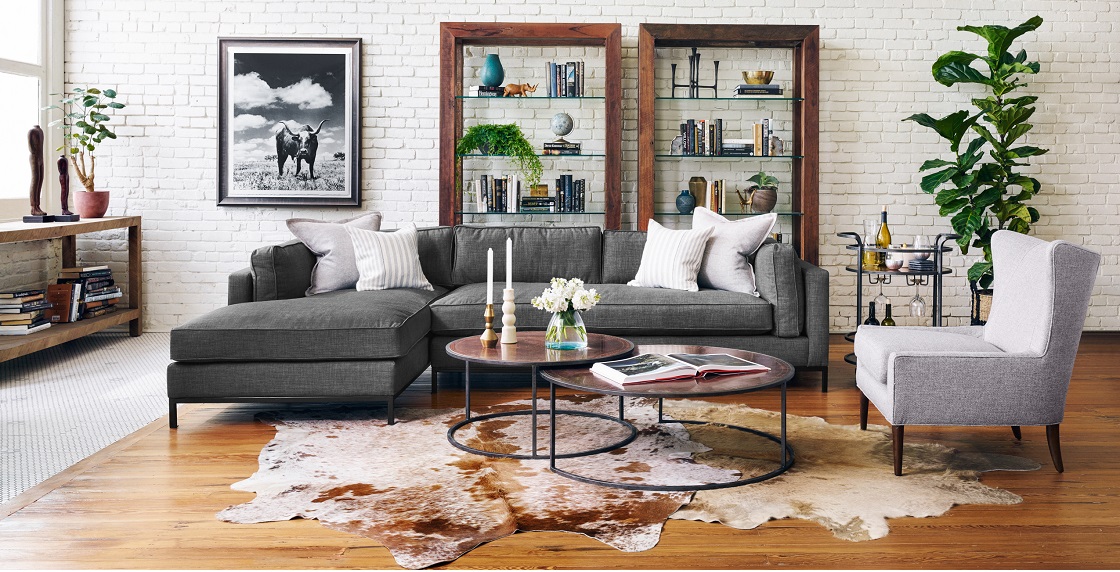

:max_bytes(150000):strip_icc()/GettyImages-642242204-9bc00f4474f040908f0286b3f2764f95.jpg)
/GettyImages-1030845464-d9bf0a6179ff4601971a1ab963607969.jpg)
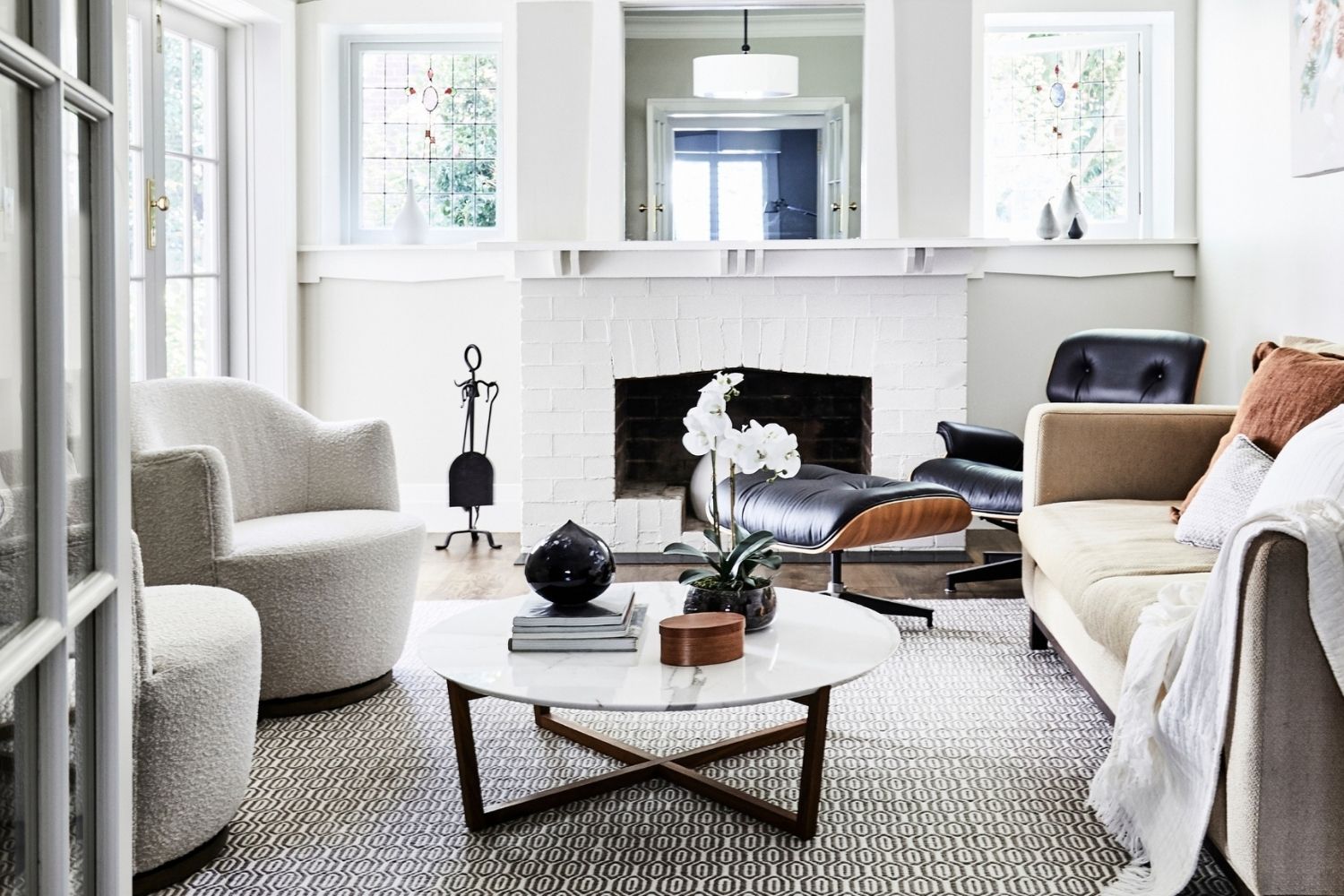






:max_bytes(150000):strip_icc()/GettyImages-1156011692-dd3354f984884054adec618e43903f8a.jpg)



